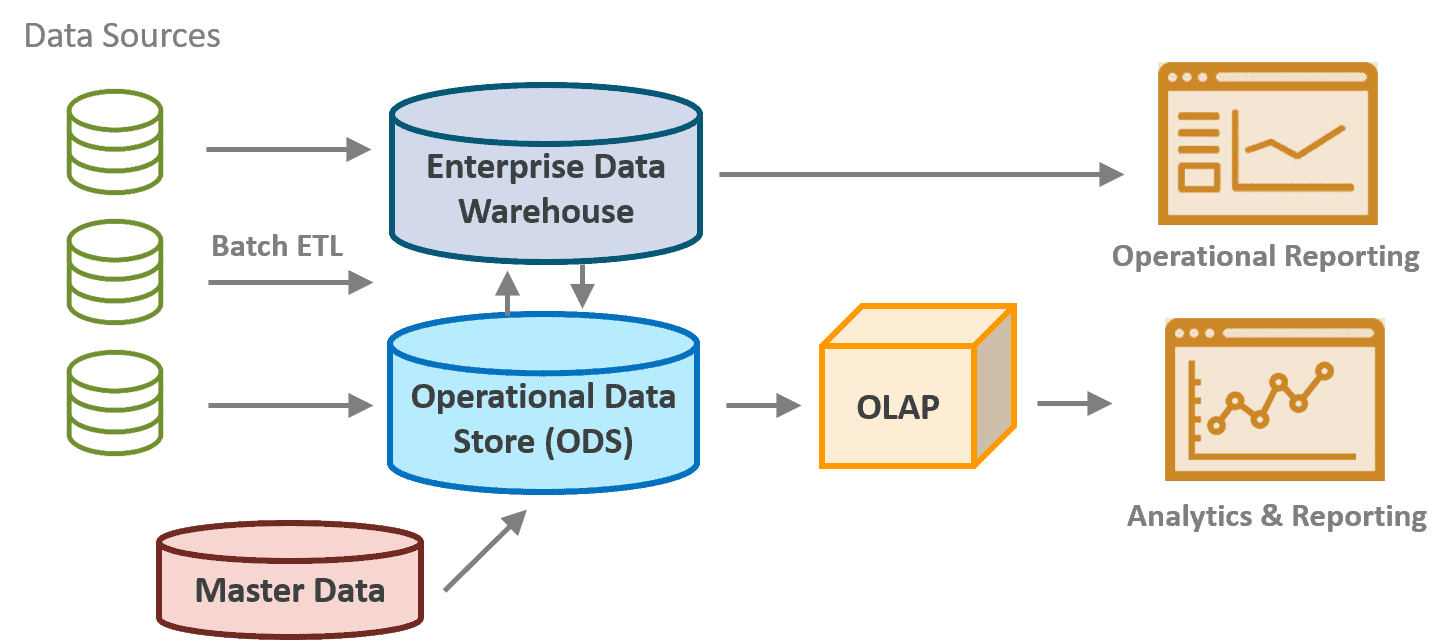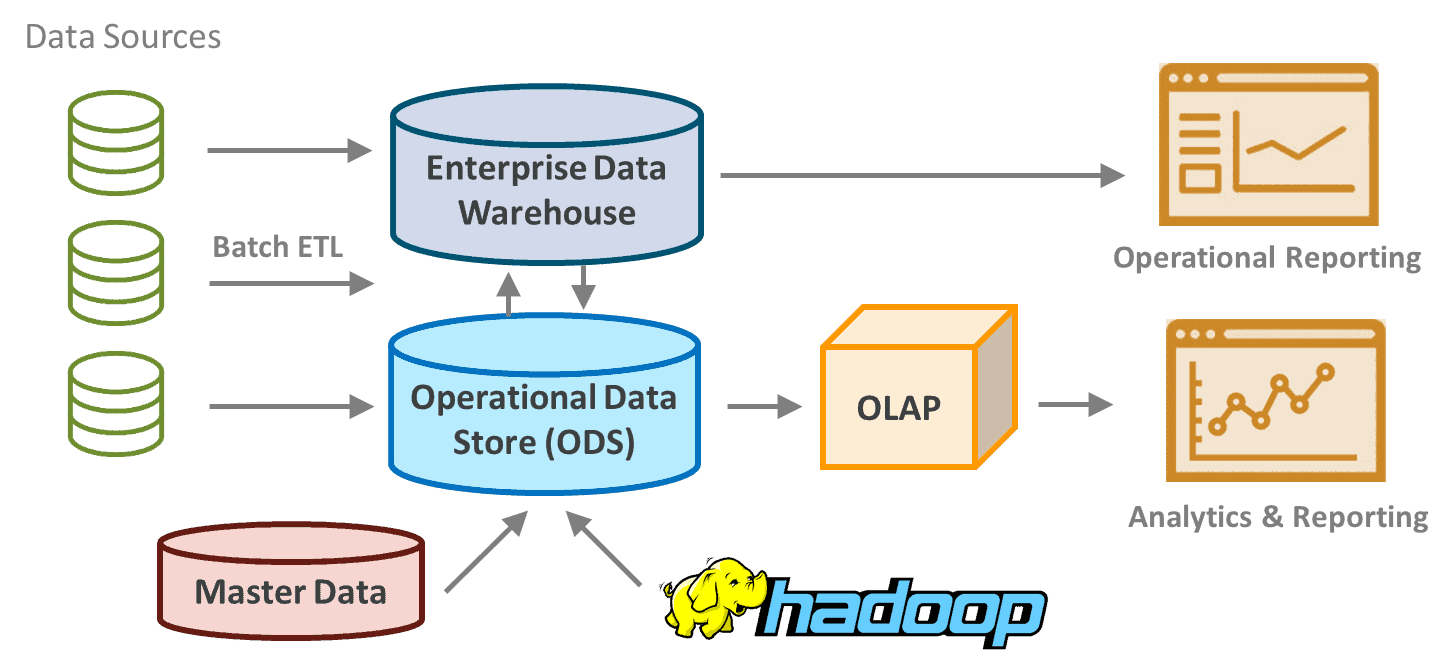The Modern Data Warehouse: A Gateway to Future-Proof Analytics
Explore how modern data warehouses are reshaping business intelligence and analytics, offering real-time insights, self-service tools, and seamless integration with AI and machine learning technologies.
As businesses become more data-driven, the way we organize and manage our business intelligence (BI) and analytics functions continues to evolve. The rise of cloud technologies, artificial intelligence (AI), and machine learning (ML) has shifted the landscape, with modern data warehouses playing a central role in this transformation.
Evolving Organizational Models for BI & Analytics
BI and analytics responsibilities are no longer solely the domain of IT departments. As organizations strive to become more agile, we see three primary models for managing BI:
Traditional IT-Driven
In this model, IT oversees data architecture, transformations, and BI content development. Business engagement is limited, typically handled through a sponsor or business analyst. While once dominant, this model has become less common due to its slower pace and lack of flexibility.
Hybrid IT/Business
This model strikes a balance between IT and business users, with IT managing the data platform and architecture, while business teams take ownership of analytics content. This structure is more common today, fostering collaboration and ensuring that both technical integrity and business needs are met.
Business-Driven
In this fully democratized model, business units control their own BI and analytics processes, often focusing on departmental data. While IT may still handle security and governance, this model empowers non-technical teams to drive their own insights.
Which Model Should Businesses Use?
Depending on the business and situation, any one of these may work. However, a majority of business decisions are based on historical data and trend analysis. As we look to the future, the hybrid and business-driven models will continue to gain popularity as organizations prioritize agility and self-service analytics.
A Look Back: Traditional Data Warehouses and BI Architectures
Historically, data warehouses served as centralized repositories where organizations could consolidate data from various sources. Beginning in the 1990s, the data warehouse revolutionized reporting by moving beyond siloed transactional systems, enabling decision-makers to draw on comprehensive datasets via Online Analytical Processing (OLAP).
The Big Data Revolution
Enter the era of big data. In the mid-2000s, as data volumes exploded, businesses were forced to rethink their data strategies. Technologies like Apache Hadoop emerged as potential solutions for managing unstructured data at scale. Hadoop and similar tools helped many businesses move beyond their limitations, but they weren’t a perfect fit for every use case. Moreover, they often required specialized skills and introduced a complex ecosystem of open-source software that was challenging to manage.
But Hadoop is not a great fit for all big data use cases. It also requires specialized skills and a confusing array of open source software.
The Rise of Modern Data Warehouses
Today, businesses are moving toward modern data warehouses—cloud-based, scalable platforms designed to handle real-time, high-velocity data. Unlike their predecessors, modern data warehouses offer seamless integration with AI, ML, and advanced analytics, giving businesses the tools to generate predictive insights and automate decision-making processes.
Technologies such as Microsoft Azure and Snowflake exemplify the next generation of data warehousing. These platforms not only store vast amounts of data but also offer real-time processing, built-in security, and automated scalability. The result is an ecosystem where both structured and unstructured data can coexist, supporting everything from daily operational reports to sophisticated AI-driven analytics.
A Future Powered by Self-Service Analytics
The future of analytics lies in self-service platforms that empower users at every level of the organization. With cloud-based data warehouses, businesses can offer real-time access to data, enabling non-technical teams to create reports and dashboards without needing to wait for IT.
In this context, the modern data warehouse acts as a powerful enabler, providing the agility and scalability required to meet the demands of today’s fast-paced business environment. As businesses continue to generate and rely on data at unprecedented rates, the role of the modern data warehouse will only grow, helping to bridge the gap between IT and business, and paving the way for truly data-driven decision-making.
When Traditional Architectures Aren’t Cutting It
Though these architectures have been around and served organizations well for decades, they just can’t possibly keep up with the complexity and scalability needs of companies these days.
To see how Smartbridge is modernizing the BI and data warehouse architecture, download our free “Modern Data & Analytics Architecture with Azure” eBook!
Keep Reading: Modern Cloud Data Warehousing with Snowflake
Looking for more on data & analytics?
Explore more insights and expertise at smartbridge.com/data
There’s more to explore at Smartbridge.com!
Sign up to be notified when we publish articles, news, videos and more!
Other ways to
follow us:









